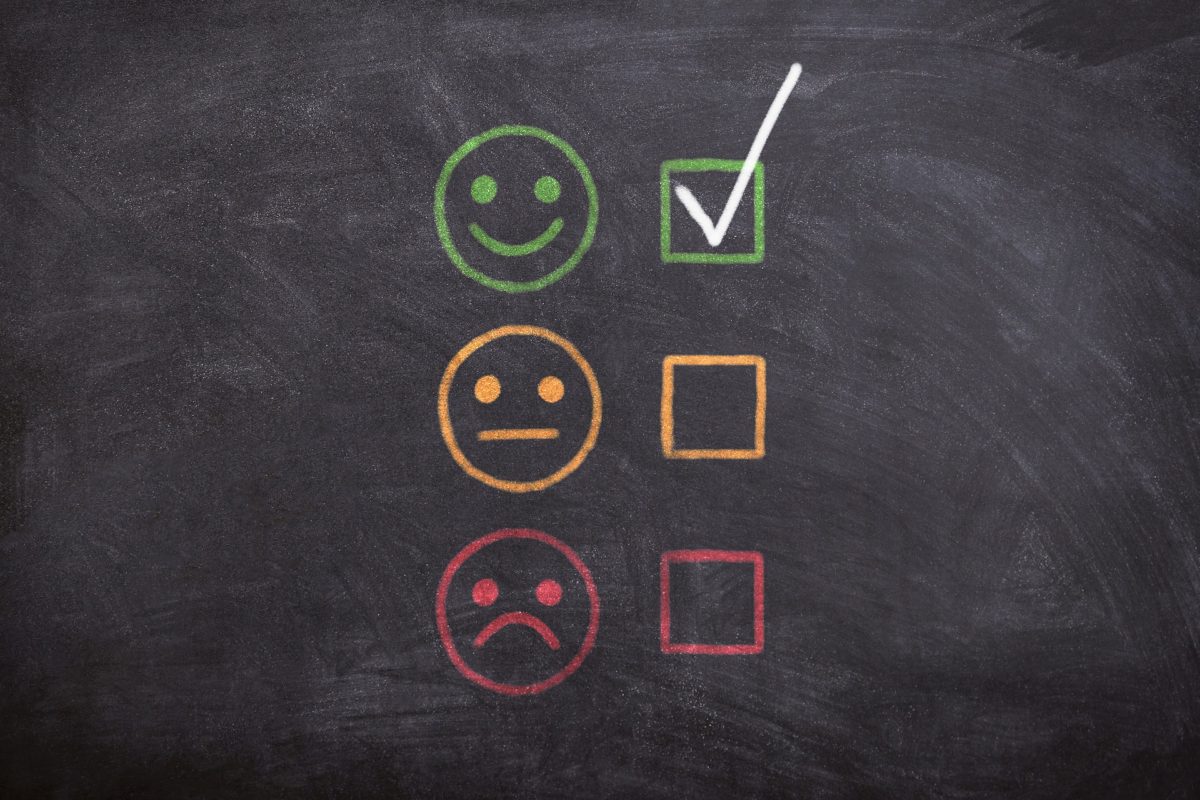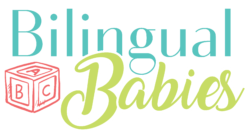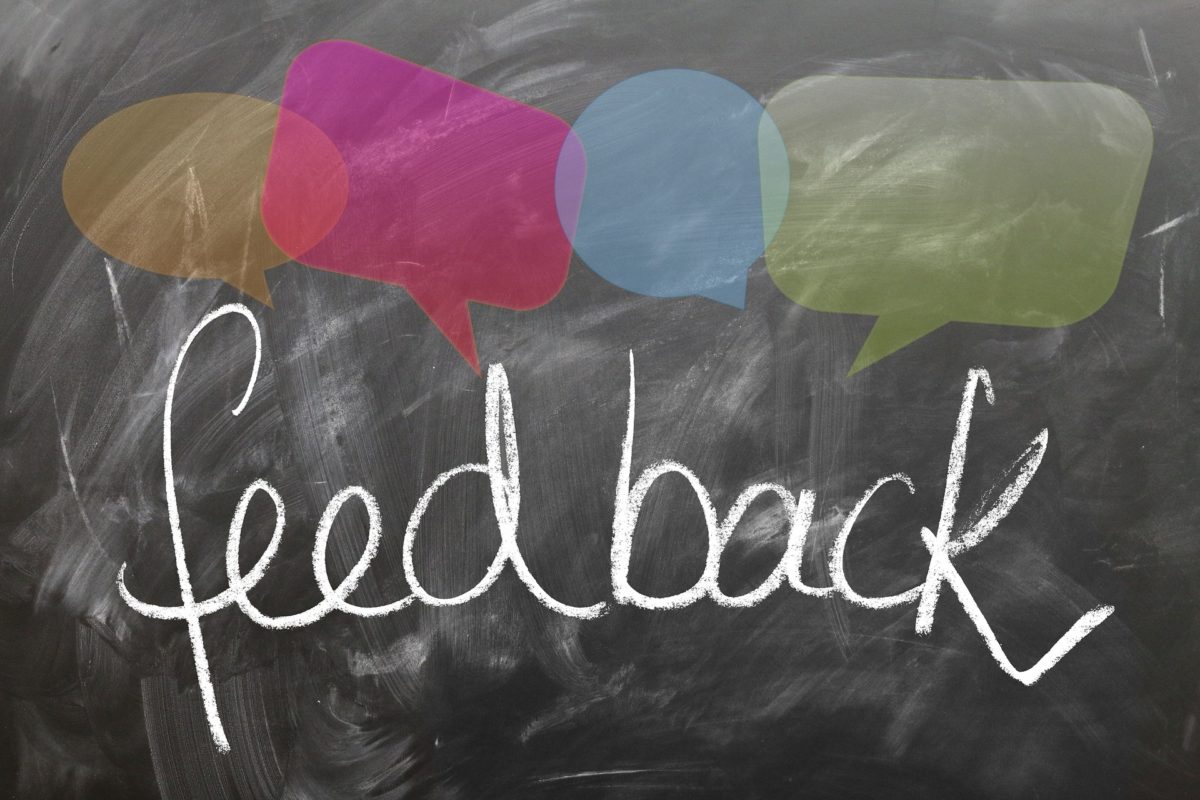Children need a lot of correct input in a language in order to acquire it properly. As they develop their language skills, we hear a lot of language from them that is not grammatically correct. In the majority language these “errors” usually straighten out eventually because children hear the correct form multiple times from different speakers. In other words, they have more input, exposure, and interactions in the majority language. However, input in the minority language is usually not as rich and abundant. Plus, if you are the only speaker of the minority language on a regular day—like I am in our family—it is important to provide that input with the correct form.
Provide corrective feedback in a natural way
While it is important to correct children’s language errors, it is also crucial that we do that in a way that feels natural. It should blend in well with the conversation or interaction we have with our child. Corey Heller put it nicely:
“Just as we adults can respond both positively and negatively to our loved ones correcting our language mistakes, our children will also respond differently based on their particular mood. If our child returns from school and rushes in to tell us an exciting story about how a zoo keeper brought a real, live snake to his class, and instead of letting our child finish the story we interrupt him every step of the way to correct his grammar or vocabulary or pronunciation, our child may bit-by-bit stop telling us stories. He may even start to feel uncomfortable and annoyed when talking to us. Our children want to know that they matter more than a language, any language, no matter what.”
Ways to correct a child’s language errors
Keeping Corey’s words in mind, there are a few ways in which we can include corrective feedback somewhat naturally and seamlessly. Here are two approaches that I have been using with my 3-year old:
- Repeating the sentence correctly
A way to do that is to kindly correct your child by repeating back the in correct language what she said, thus modeling it and encouraging them to use it. This takes time and tact, but eventually empowers children to own their (bilingual) language acquisition. Here is an example from a recent conversation between my 3-year old and myself:
Ella: “Mama, wir fliegen *bei Kanada!” [Mama, we fly *by Canada!]
Me (very enthusiastically): “Ja, richtig! Wir fliegen jetzt nach Kanada!”
- Comparing languages in a playful way
Another way to draw attention to a specific error is to discuss it with your child. This does not mean that you should sit down and engage in a full-blown linguistic analysis. It’s more a matter of comparing languages in a fun way, talking about different ways in which you say something in one language and in the other. Although Ella is only three years old, she does already notice differences between how you say things in English and German. So I sometimes try to capitalize on moments when she verbalizes comparisons such as the following:
Ella: “Papa says ‘We go to Shoprite.‘ Oma sagt ‘Wir gehen Shoprite.'”
Me: “Papa sagt “We go (Accentuated) TO Shoprite. Dann sagt die Oma bestimmt ‘Wir gehen ZU Shoprite.’ TO Shoprite, ZU Shoprite … sonst fehlt ja etwas im Satz, oder?
[Papa says… Then Oma surely says “We go TO Shoprite…otherwise something is missing in the sentence, right?]
Ella: “Ja, ZU Shoprite!”
Me: “Na, los! Dann gehen wir jetzt zu Shoprite!”
[Well, then let’s go to Shoprite!]
Main takeaway
We should correct our children’s language errors and provide the correct form, while making sure they have enough natural exposure to both languages. At the same time, it is important to strike a balance and not correct our child’s language all the time. In other words, we should trust our feelings when we have conversations with our child and make these types of “natural” corrections when we feel that they do not disrupt the flow of the conversation. This may mean that sometimes we simply need to take a step back, let it go, and address errors and mistakes at a later point in time. This is not always easy and may require a large amount of awareness and self-reflection on our end. But it’s important because language is a tool to communicate and connect with people. It is not only a skill that our children need to master. In short, sometimes it is better to lead by example than to be a “language-trainer-in-chief” in order to make sure that our children enjoy using the minority language and that they use it voluntarily as a natural part of their bilingual lives.


